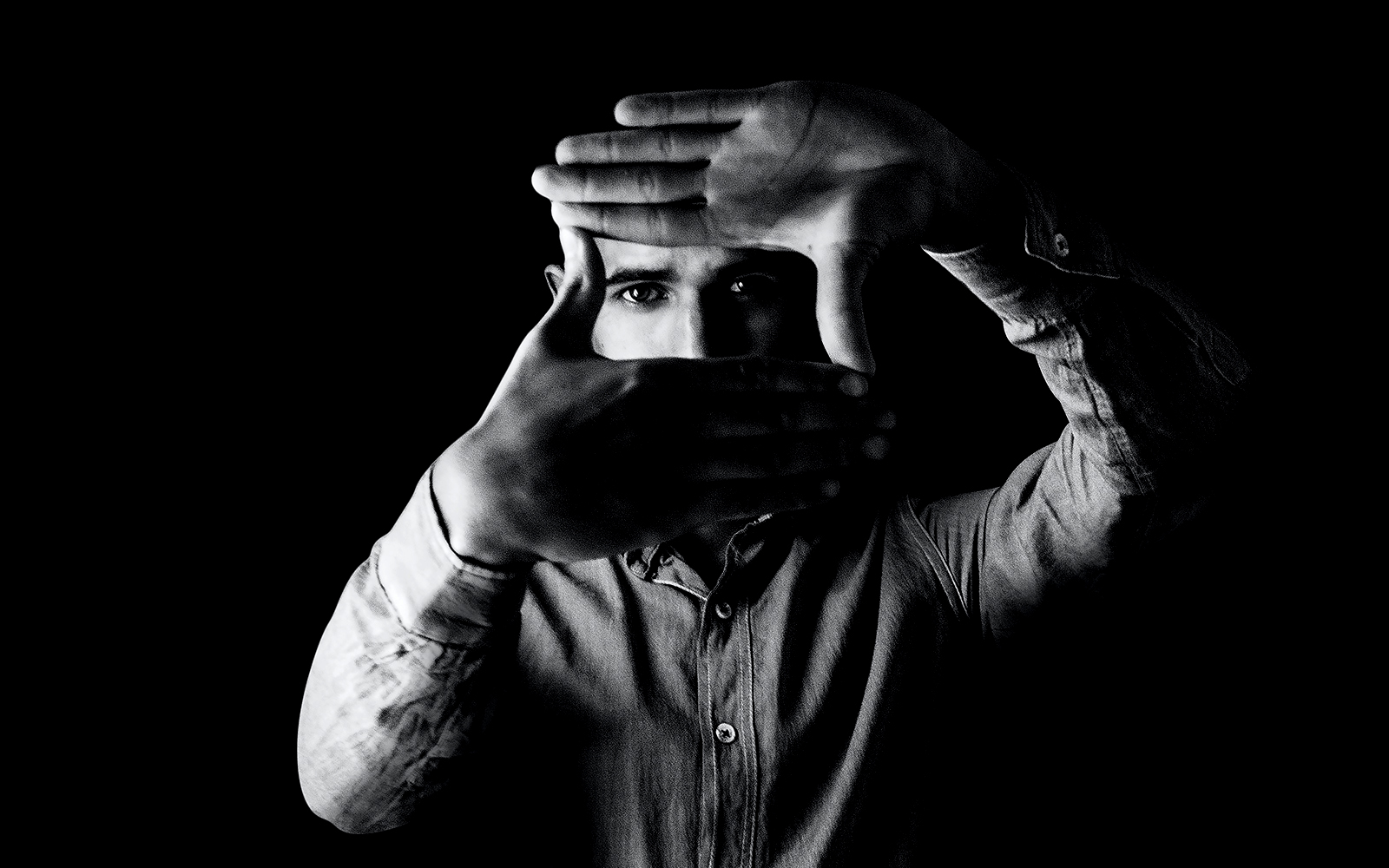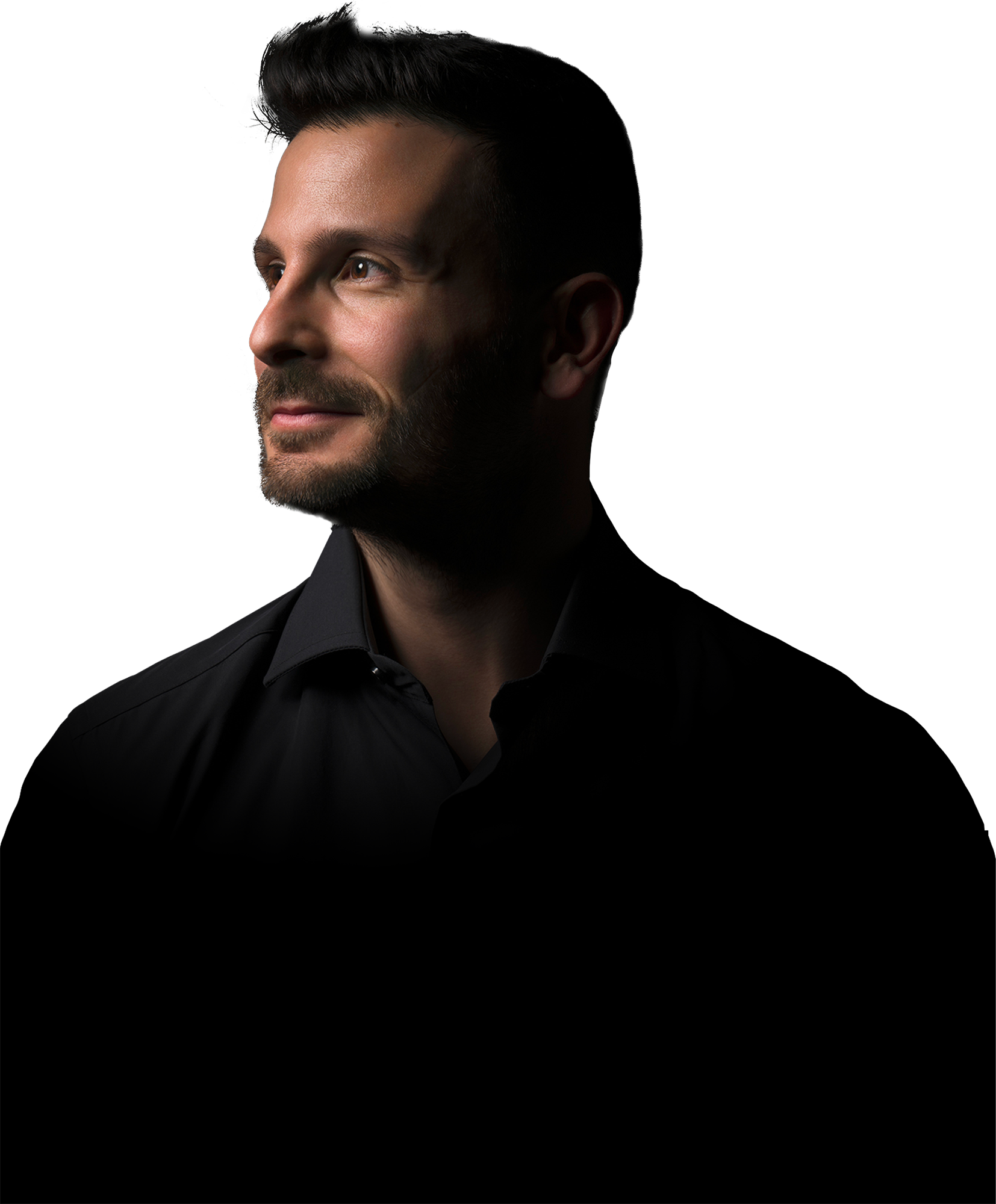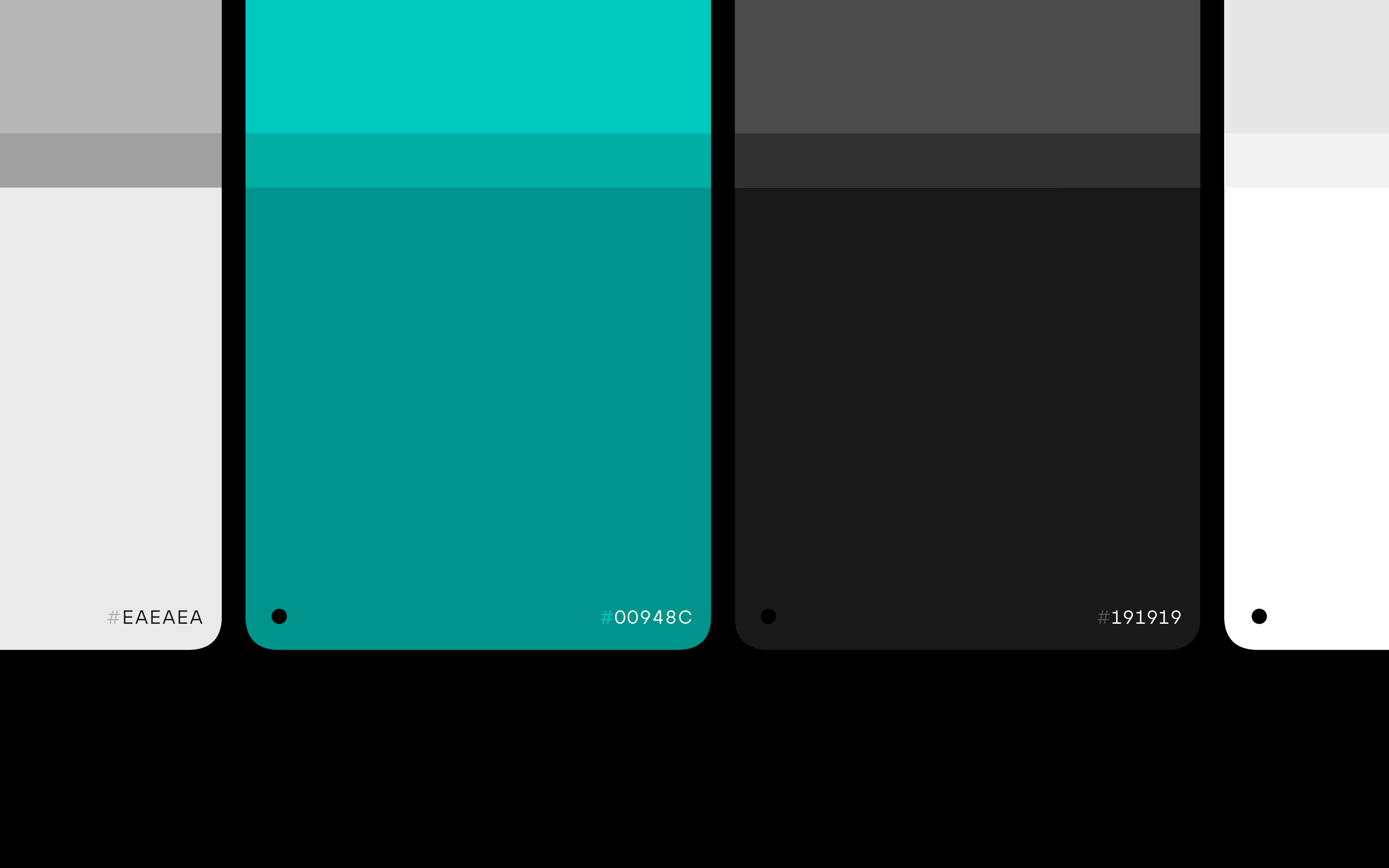
Ok, so you have decided to jump into personal branding. Where to start, though? Finding your positioning can be a real challenge, at least in the beginning. But you can only tackle this challenge with authenticity.
When talking about personal branding, the dominant feeling is often one of embarrassment. Understandably, putting yourself on the market and telling your story is no easy task. Especially because when talking about ourselves we struggle to identify one of the key elements that make a brand: diversification.
Diversification is a communication concept, more than a commercial one: it defines some memorable traits that make a brand’s image unique, rather than elements of its offering. In other words, you can do some good personal branding even if your professional profile is not entirely unique and you are not a public figure.
What matters is to find differentiating elements and stress them consistently.

Study your competition, but don’t betray your identity
Competitive analysis is an obvious yet important element of any brand strategy, and this includes personal branding. In this case, it’s important not to fall into the “differentiate at all costs” trap.
Defining yourself “in opposition” to competitors might lead you to build a personal brand that won’t reflect your true identity, thereby becoming not sustainable in the long term.
Unlike a commercial brand, a personal brand can be only manipulated up to a point.

Put your hobbies and passions into your personal brand
One of the best ways to boost and diversify your personal brand is to draw upon your private life. That is, a side of you that is as true as your professional identity.
Your hobbies and passions, in particular, reflect your most genuine part, the one that will get more empathy from your audience, because it shows your human side.
Whether it’s alpinism, family life, cooking, or drawing, making it a part of your narrative can help you get out of the stereotypes that are sometimes associated with certain professional figures. A mountain-loving lawyer or a baking architect are undoubtedly more interesting characters than their unidimensional counterparts.

Study what clients love about you
We often take our own qualities for granted, while they should be at the center of our personal branding. A way to focus on them can be thinking about all the successful interactions you had with your clients, trying to remember what they appreciated and what kind of details made a difference.
You might notice that some elements keep coming up. Maybe it’s your punctuality in delivery. Or your obsession with details. Or maybe it’s your surprising imagination.
Figuring out your strengths gives you a base to build upon, making sure that all of your communication focuses on this. This will let you give your personal branding a clear and coherent point of view, based on a promise you know you can keep.

Study what other clients didn’t like
Not all evil comes to harm and you can’t keep all clients happy. Even the less pleasant episodes can teach you something and help you develop your personal branding.
In some cases, a disagreement with a client can help you define your identity better, if you can turn this in a positive way.
Figure out what values came into conflict and you will have a clear vision of what your positioning is and who your perfect client is.
Did you argue because you were intruding too much with your advice? Maybe your value is proactiveness, while your client valued your respect for boundaries. Proactiveness can be a great distinctive trait within your personal branding, ideal to find clients who look for new stimuli.

Authenticity first
These are just some ideas to start imagining your personal brand. Whatever your approach, remember not to put authenticity aside: your personal brand is not a fictional character, but rather a highly effective version of your real identity.
READ MORE ON
Verbal Identity: How We Craft the Voice of a Brand
Brand typography can be seen as a detail, but it’s the living spirit of a brand. This is how we do it at Sublimio.
Beautiful Thinking: the branding philosophy behind Sublimio
Can a brand look good and be strategic at the same time? If you ask us, there’s really no other way.
How We Choose Brand Colors for Impact
Choosing brand colors is never easy. But it helps to have a rough idea of why you are picking one over another.
Why Our Branding Agency is Called Sublimio
What’s in a name? More exactly, what’s in our name? Well, probably more than you think. Here’s where it comes from.
our newsletter













